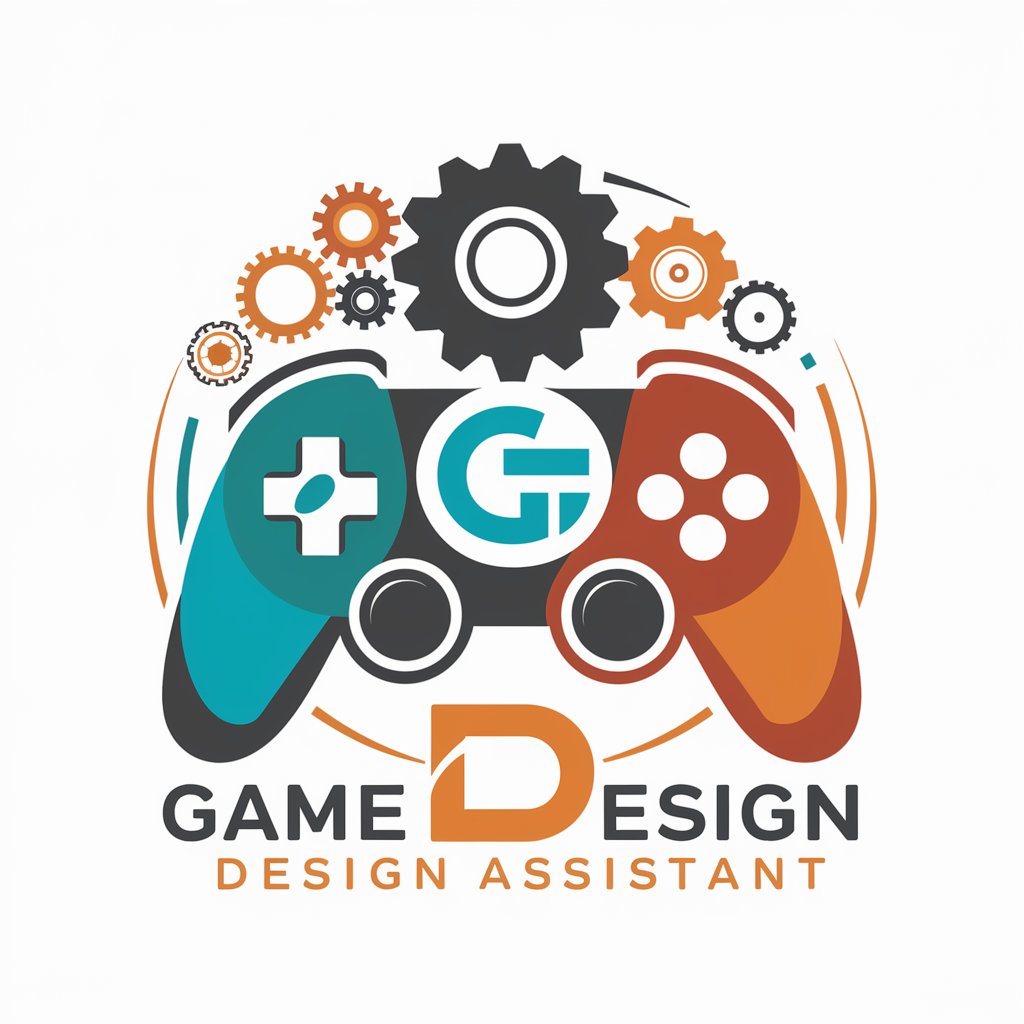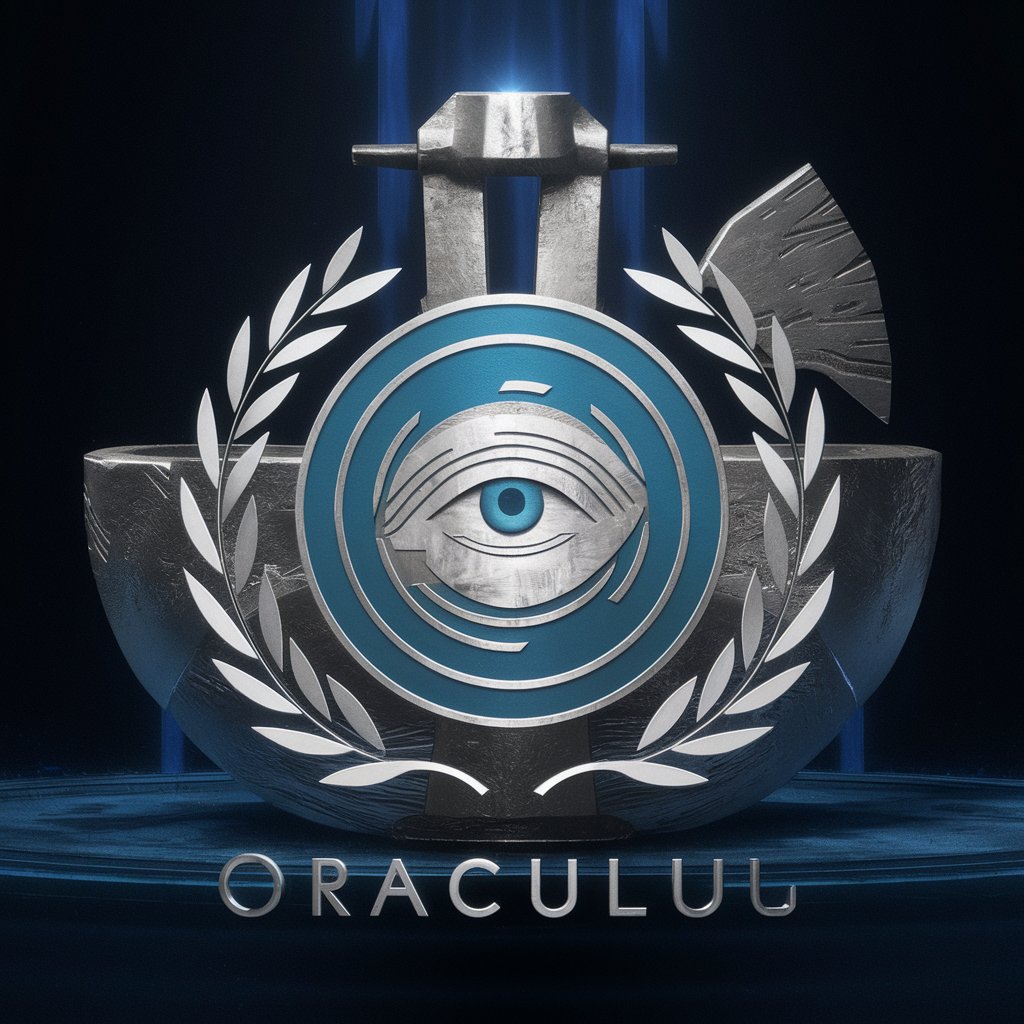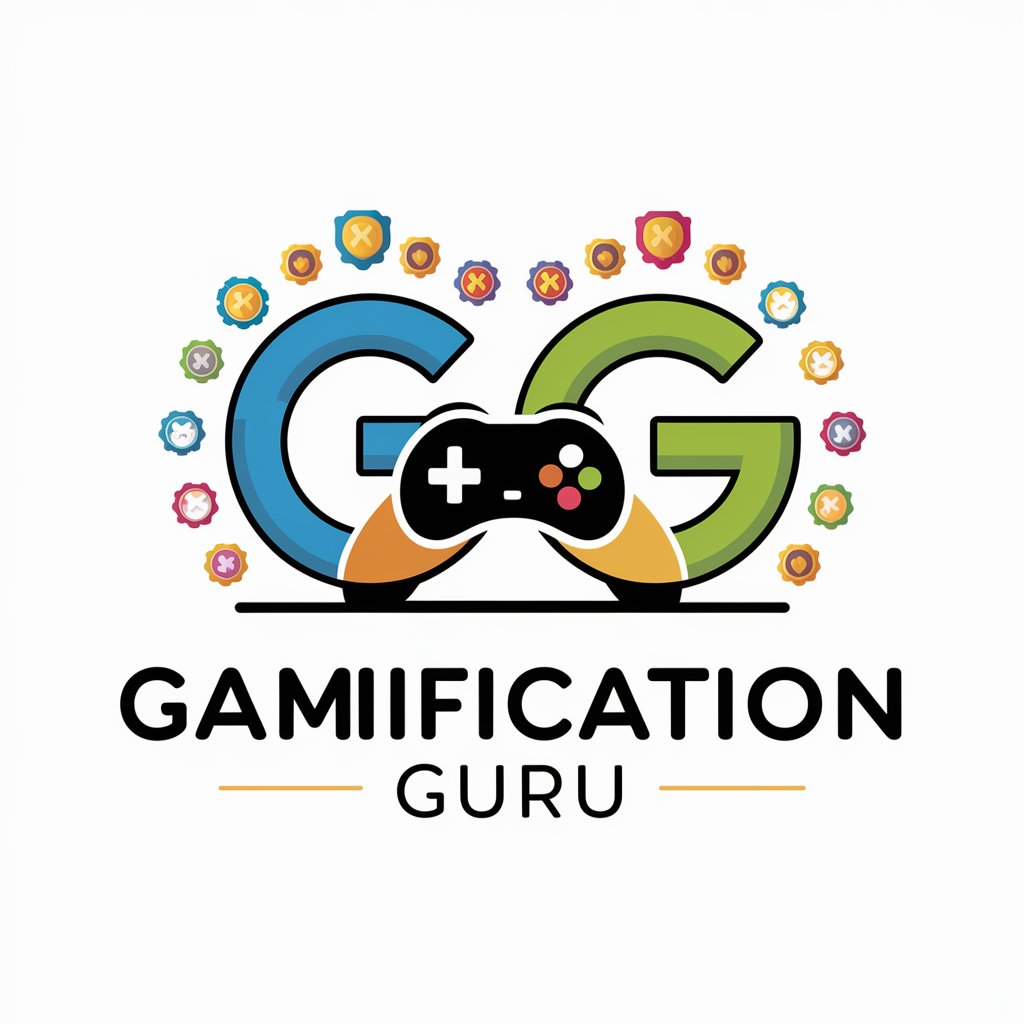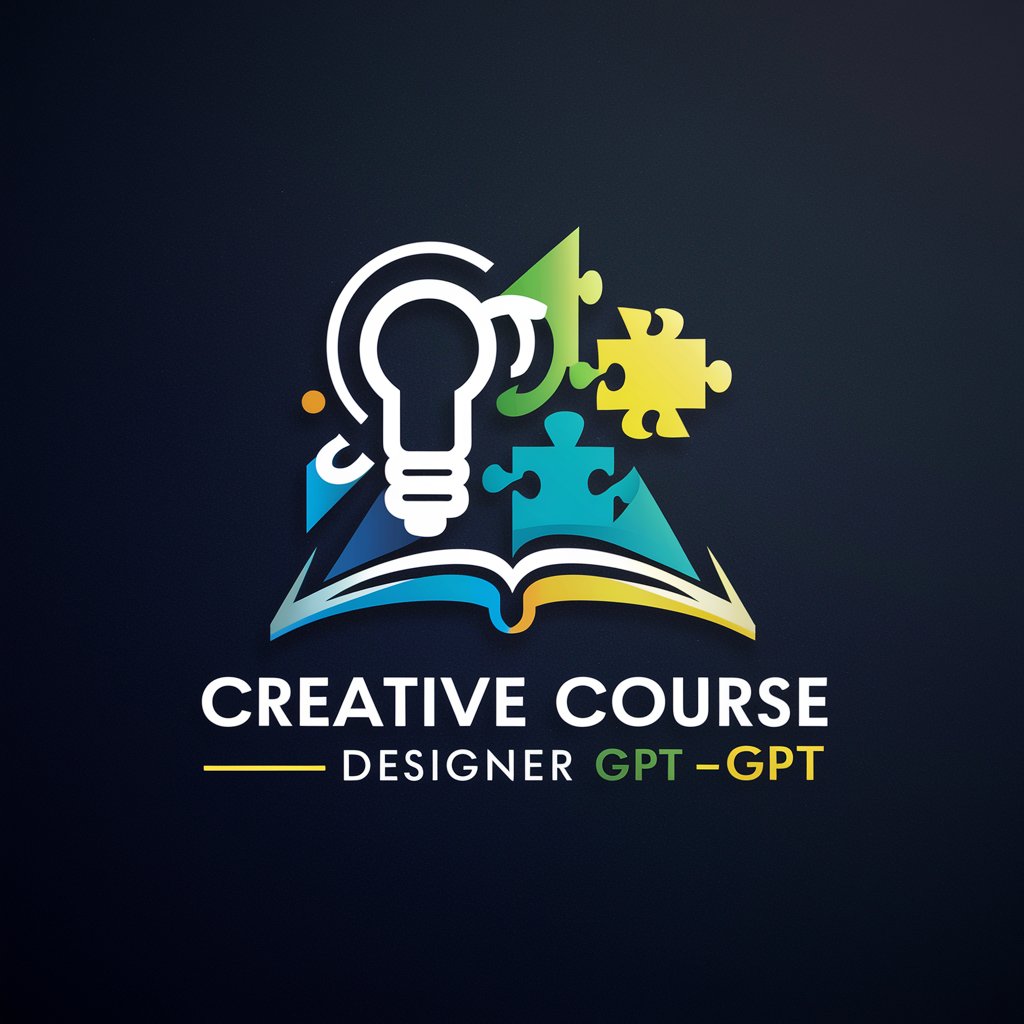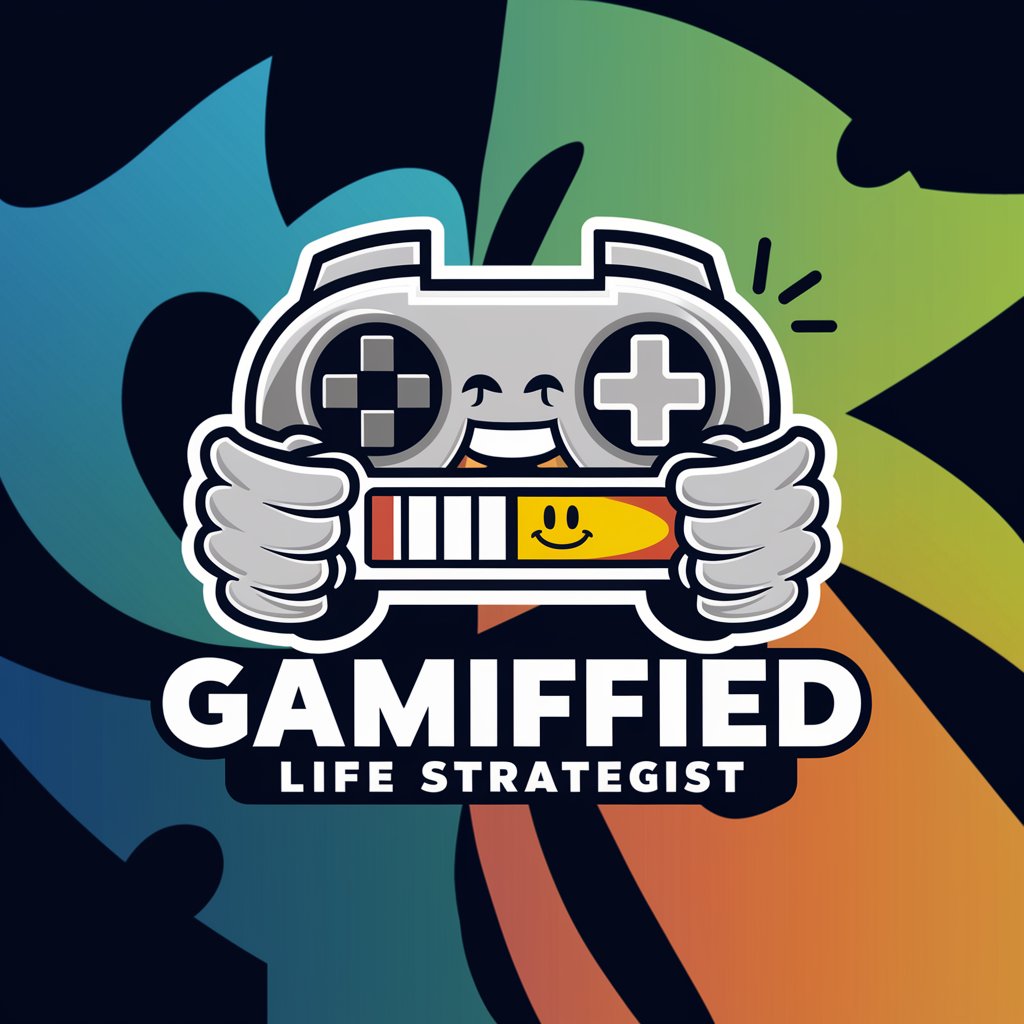
Gamification Designer - Gamification Strategy Toolkit

Empower experiences with AI-driven gamification
Suggest some game mechanics for a fitness app
How can I gamify my online course?
What are the latest trends in gamification?
Help me design a reward system for my app.
Get Embed Code
Overview of Gamification Designer
The Gamification Designer is a specialized tool designed to assist users in incorporating game design elements and principles into non-gaming contexts to enhance engagement and motivation. This involves applying game mechanics, dynamics, and aesthetics to various fields such as education, marketing, and product development. For example, in an educational setting, gamification might involve creating a point-based system where students earn rewards for completing assignments, thus encouraging participation and learning through a system of feedback and rewards. Similarly, in marketing, a brand might use a quest or challenge-based game to engage customers, encouraging them to explore different products or services to earn badges or discounts. Powered by ChatGPT-4o。

Core Functions of Gamification Designer
Idea Generation
Example
Designing an educational game that helps students learn history through quests and challenges, where each mission completed unlocks a historical event or figure.
Scenario
An educator seeking to increase student engagement and retention of historical facts.
Game Mechanics
Example
Implementing a point system in a fitness app where users earn points for each workout completed, which can be used to unlock levels or exchange for virtual goods.
Scenario
A health and fitness app aiming to motivate users to maintain regular exercise routines.
Game Dynamics
Example
Creating a leaderboard in a corporate sales team to foster healthy competition, where sales figures are visualized in a competitive yet encouraging manner.
Scenario
A sales manager looking to boost team performance and morale.
Game Aesthetics
Example
Designing a mobile app for a cafe with a theme-based rewards system, where the app design includes elements like coffee beans and cups that visually represent the user's progress and rewards.
Scenario
A cafe owner wanting to enhance customer loyalty and repeat visits through a themed loyalty program.
Target Users of Gamification Designer
Educators
Teachers, professors, and educational institutions looking to incorporate interactive and engaging methods into their teaching practices to improve student engagement and learning outcomes.
Marketers
Marketing professionals and brands seeking innovative ways to engage customers, increase brand loyalty, and promote products or services through gamified experiences.
Product Managers
Individuals responsible for the development and management of products, interested in using gamification to increase user engagement, retention, and satisfaction with their products or services.

How to Use Gamification Designer
Start Your Journey
Access a comprehensive gamification toolkit for free at yeschat.ai, where no login or ChatGPT Plus subscription is required.
Identify Your Goals
Clearly define what you aim to achieve with gamification, whether it's enhancing learning experiences, boosting user engagement, or improving product interaction.
Select a Use Case
Choose your specific application area for gamification, such as education, marketing, or customer engagement, to tailor your strategy effectively.
Apply Game Mechanics
Incorporate game mechanics such as points, badges, and leaderboards to motivate and engage your audience, based on your selected use case.
Analyze and Iterate
Use feedback and data analytics to refine and improve your gamification strategies, ensuring they meet your objectives and resonate with your audience.
Try other advanced and practical GPTs
App Icon Generator
Craft Perfect Icons with AI Power
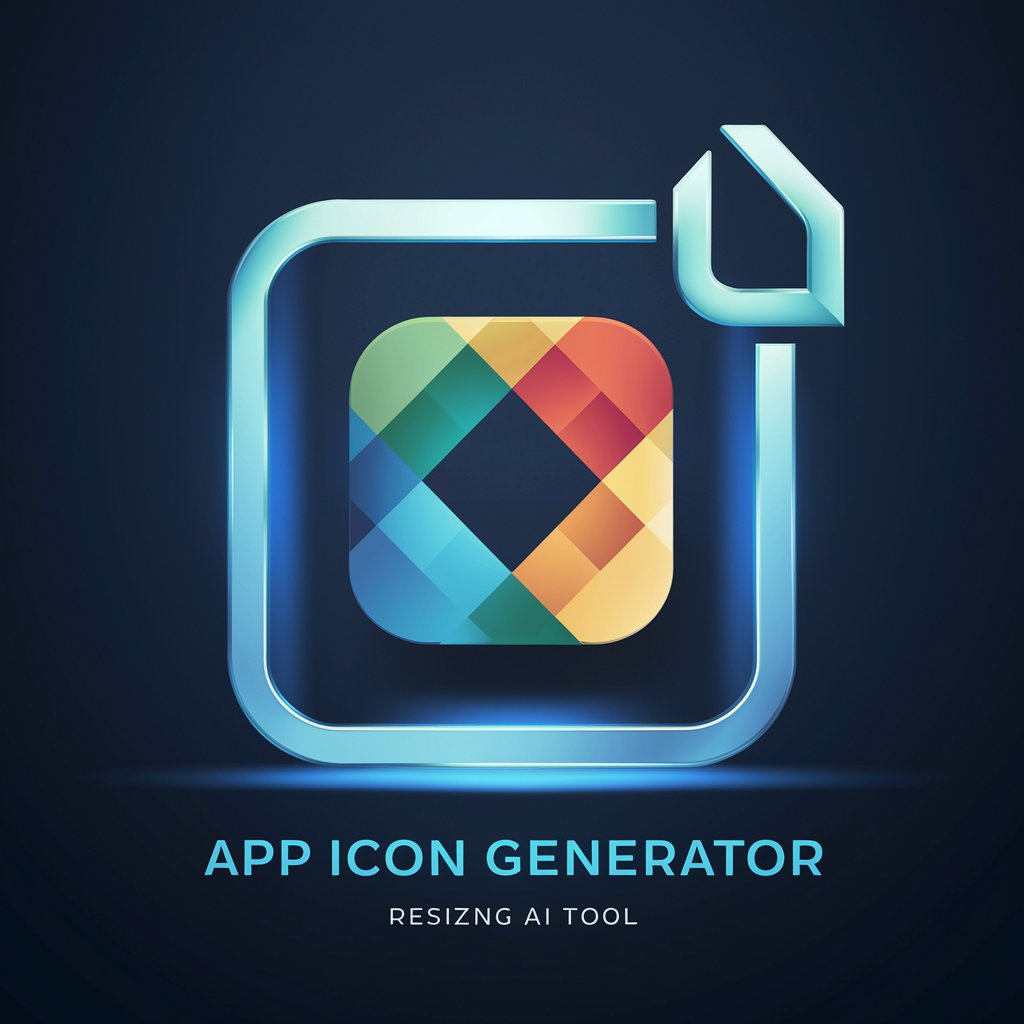
Typography Layout Advisor
AI-powered Typography Design Insights
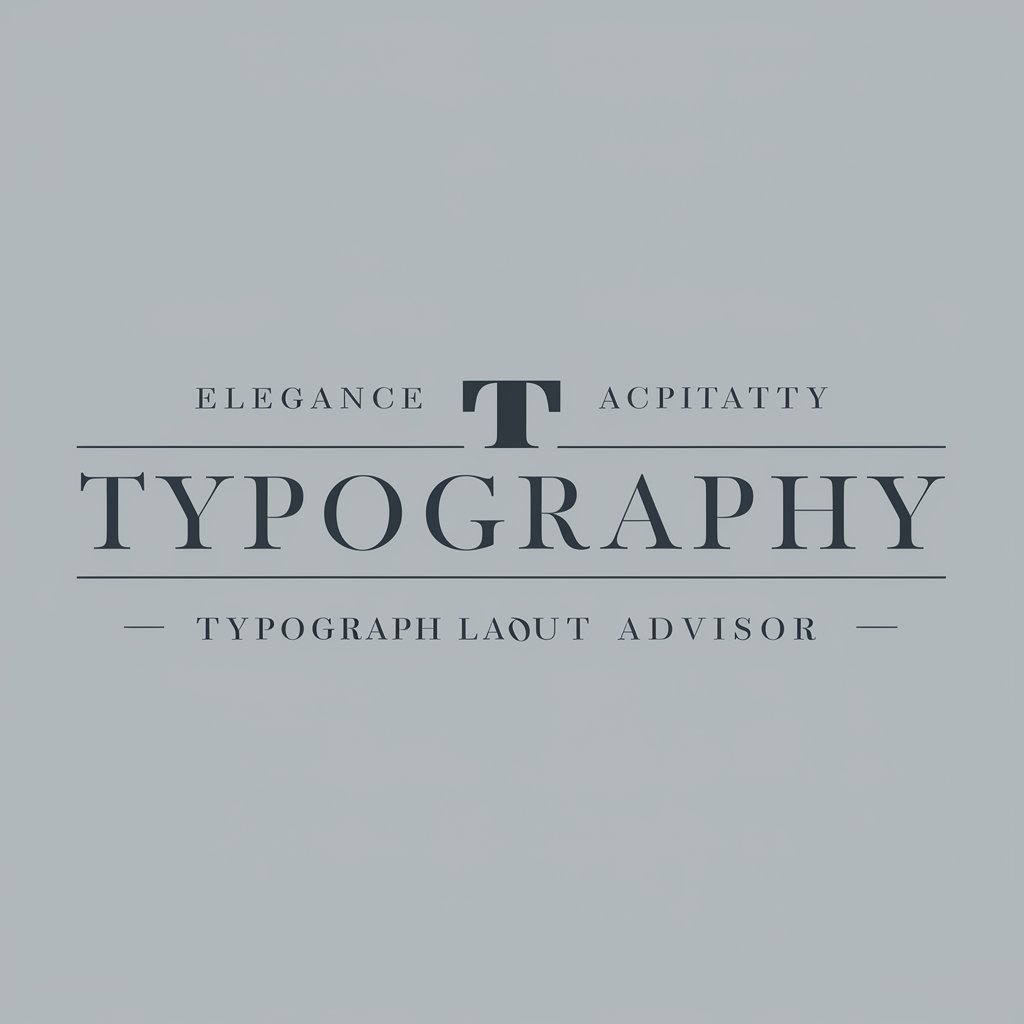
Accessibility Design Expert
Empowering Inclusive Design with AI

Python | A comprehensive course for everyone
Master Python with AI-Powered Personalized Learning

Website Wizard by B12
Build Smarter Websites with AI

UX GPT - Your design assistant
Empowering Designs with AI Insight

The YOD Sailing Buddy
Navigating YOD Lore with AI Precision
Color Harmony
Design with color, powered by AI

Fashion Designer: Runway Showdown
Design, Show, Conquer: AI in Fashion

InventorGPT
Empowering Innovation with AI
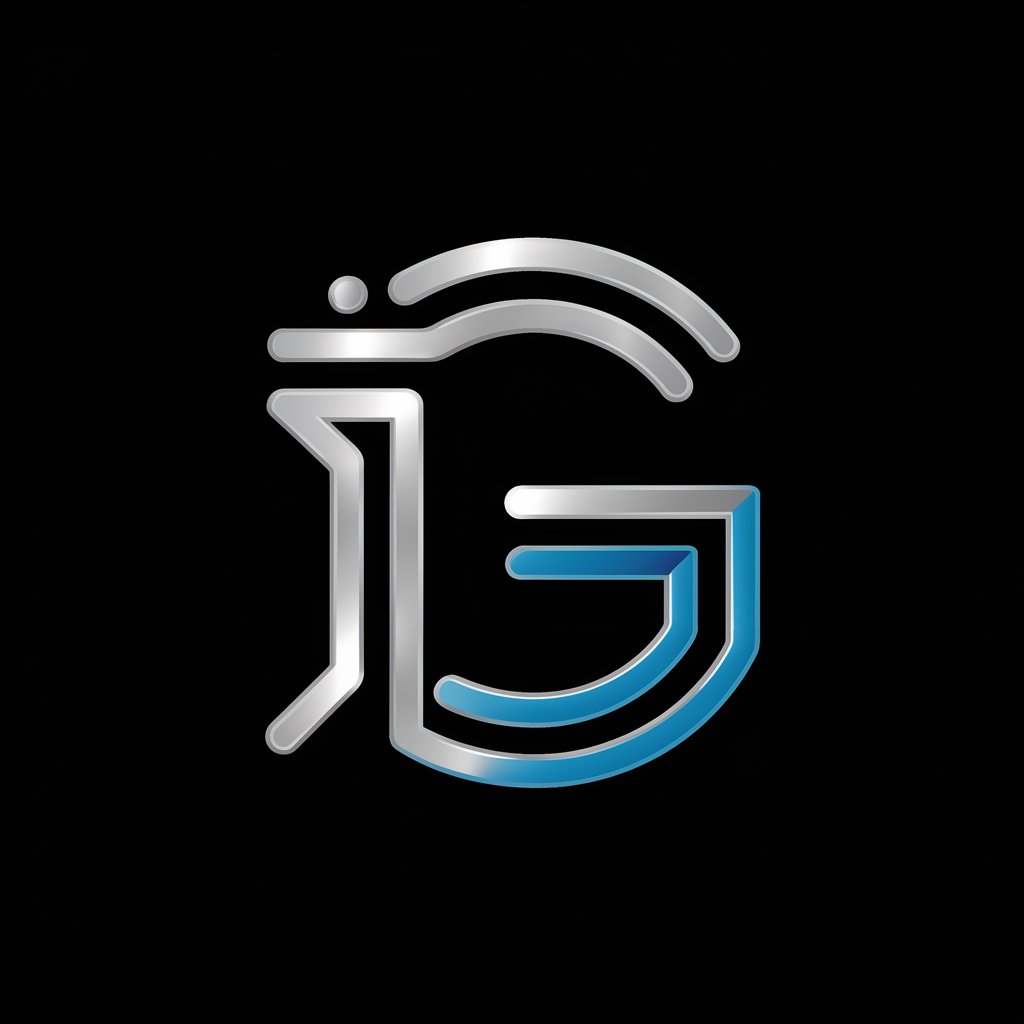
Ergonomic Workspace Designer
Optimize Your Space with AI-Powered Ergonomics
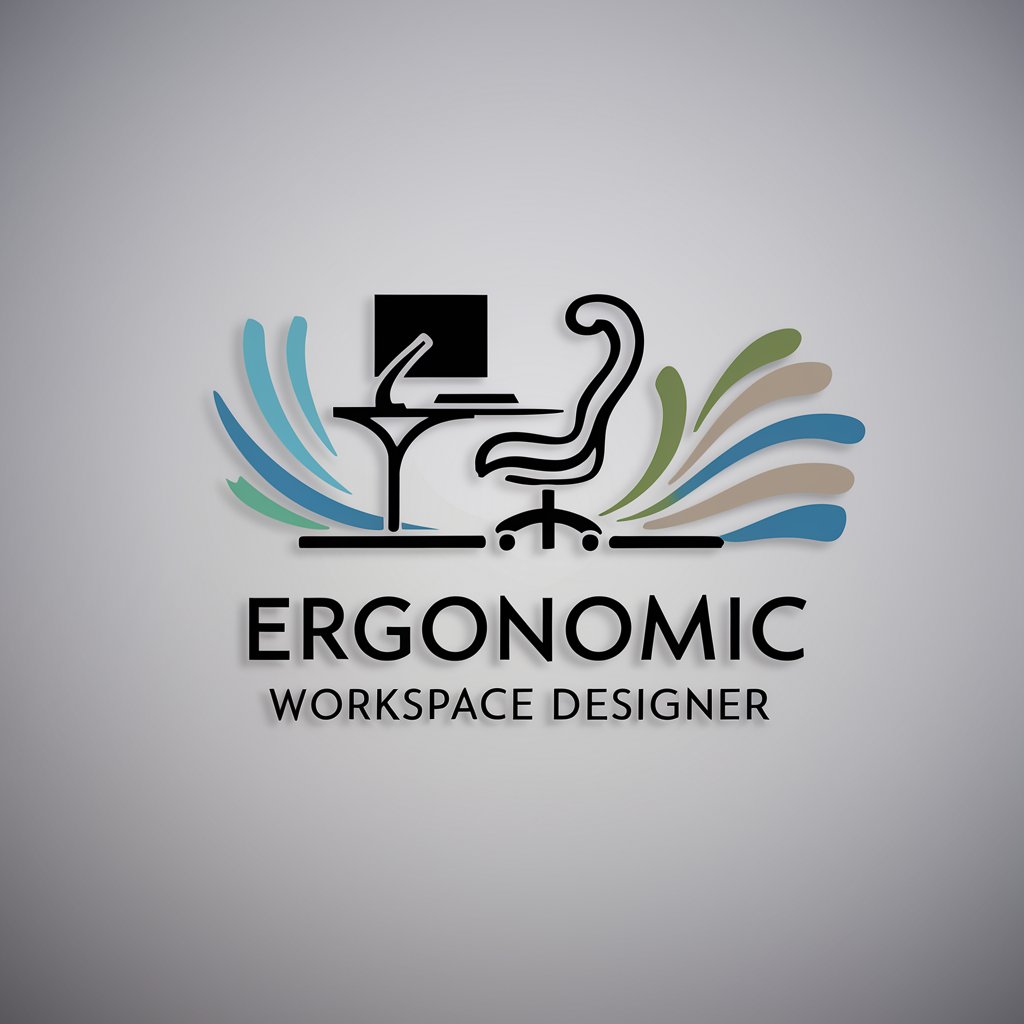
Game Design Mentor (Multilanguage)
Empowering Your Game Design Journey with AI

Frequently Asked Questions about Gamification Designer
What is Gamification Designer?
Gamification Designer is a specialized tool designed to help apply game design elements in non-gaming contexts. It assists in creating engaging experiences to motivate and engage users in various fields like education, marketing, and product management.
How can Gamification Designer improve learning experiences?
It can introduce game-like elements such as points, levels, and rewards into educational content, making learning more interactive, enjoyable, and rewarding, which can lead to increased engagement and better learning outcomes.
Can Gamification Designer be used for marketing?
Yes, it can be used to gamify marketing campaigns by incorporating elements like challenges, leaderboards, and rewards to engage customers, encourage brand interaction, and increase loyalty.
What are some common game mechanics used in gamification?
Common mechanics include points, badges, leaderboards, quests, and levels. These elements are designed to drive engagement by rewarding users' actions and fostering a sense of achievement and competition.
How does Gamification Designer ensure ethical gamification practices?
It encourages the use of gamification strategies that respect user privacy, avoid manipulative tactics, and focus on creating positive and meaningful experiences for users.
